It is late March 2023, and there are no plans, as yet, for celebrating the International Year of Camelids (IYC) that the United Nations General Assembly has declared for 2024. Compare that situation with the status of preparations for the International Year of Rangelands and Pastoralists that will happen in 2026 and for which a large number of active regional preparatory groups have already worked out detailed activity plans, in a bottom-up initiative.
With respect to camelids – which includes the two Old World Camels (Bactrian and dromedary), as well as four New World Camelids (llama, guanaco, alpaca and vicuna) – there is no coordinated approach. Certainly, interest in, and research on, camelids has snowballed in recent years, with regular conferences happening, and camel milk being hyped for its health enhancing properties. There is an effort of some kind to ‘turn the camel into the cow’ in terms of global significance, with research focusing on camels as such, without consideration of their socio-economic and ecological context. The prime interest is in increasing yield and performance under controlled conditions; large scale dairy farms such as in the UAE, with hightech interventions including artificial inseminaton and embryo-transfer, are held up as model.
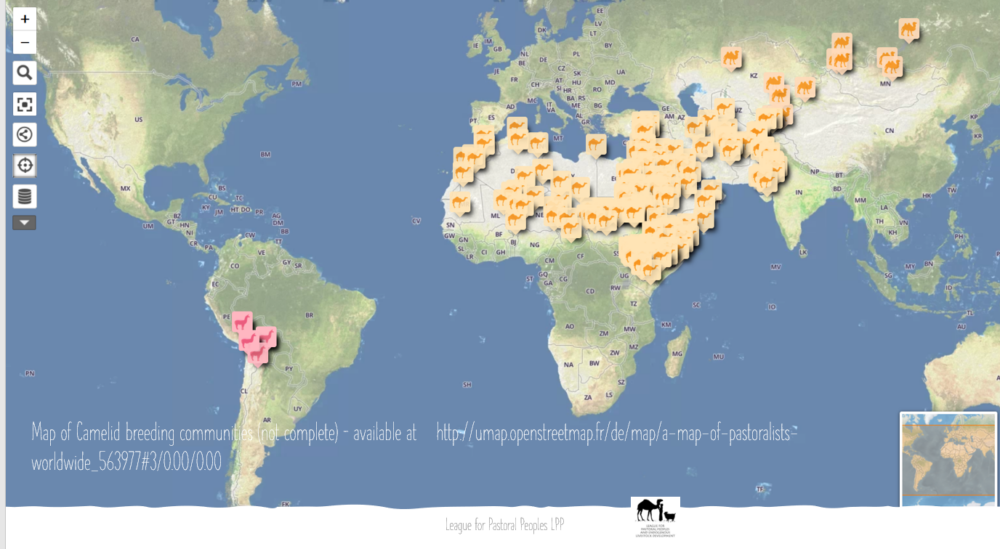
But such visions exclude the traditional camel pastoralists and do nothing for the continuation of their herding systems that have generated the amazing genetic diversity of camelid breeds and types adapted to local conditions. They will eventually result in the dangerous genetic uniformity that we have in the dairy cattle sector and they ignore the close human-animal relationships that are typical for camel pastoralists. If we continue on this path, camels will become cogs in the wheel of big farms where they lose their individuality and are regarded as input-output machines. And where they are cut off from their original ecological role of converting scarce and dispersed desert vegetation into animal protein, and instead fed with imported feed grown far away.
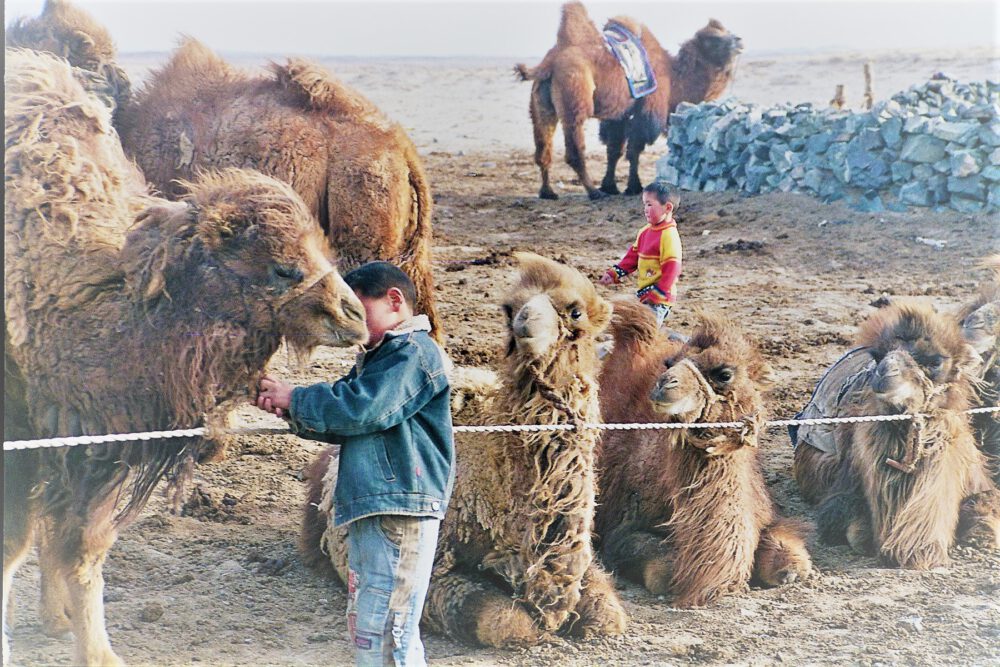
The International Year of Camelids presents an opportunity to set up a different development trajectory and avoid the errors of the cow dairy sector. Building on the traditional knowledge and ethics of camel pastoralists it provides a chance to carve out a new, cruelty-free, ecologically sound and community centered approach to dairying, on the lines that we have been pursuing through our social enterprise Camel Charisma and for which we have linked up with the startup Nomadic Nutrition. If taken up more widely, I am sure this path will benefit the planet and also appeal to the many who currently believe they have to be vegetarian or vegan in order to be good people.
My organization, the League for Pastoral Peoples, has hosted two preparatory meetings for the IYC in which people working with both dromedary camels and New World camelids have participated. More background information about the IYC is available in this presentation that I recently made at the Oxford Desert Conference.

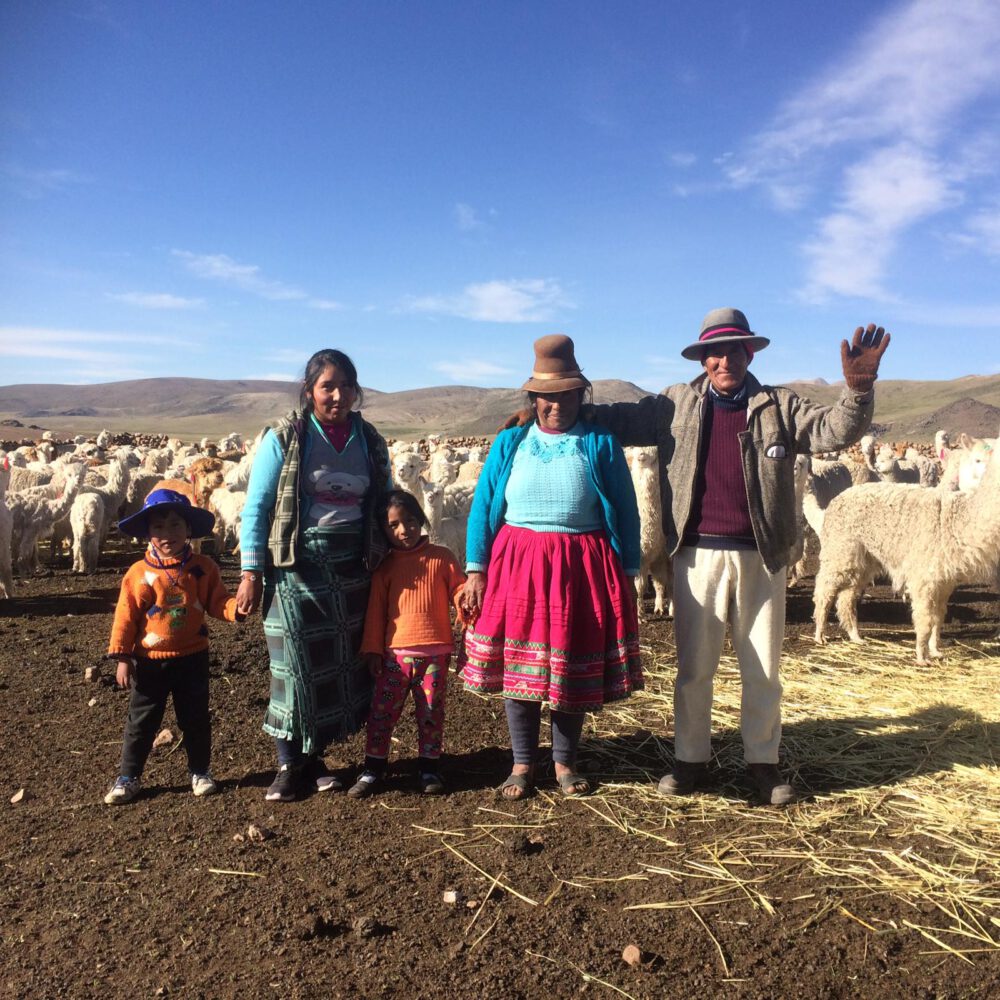
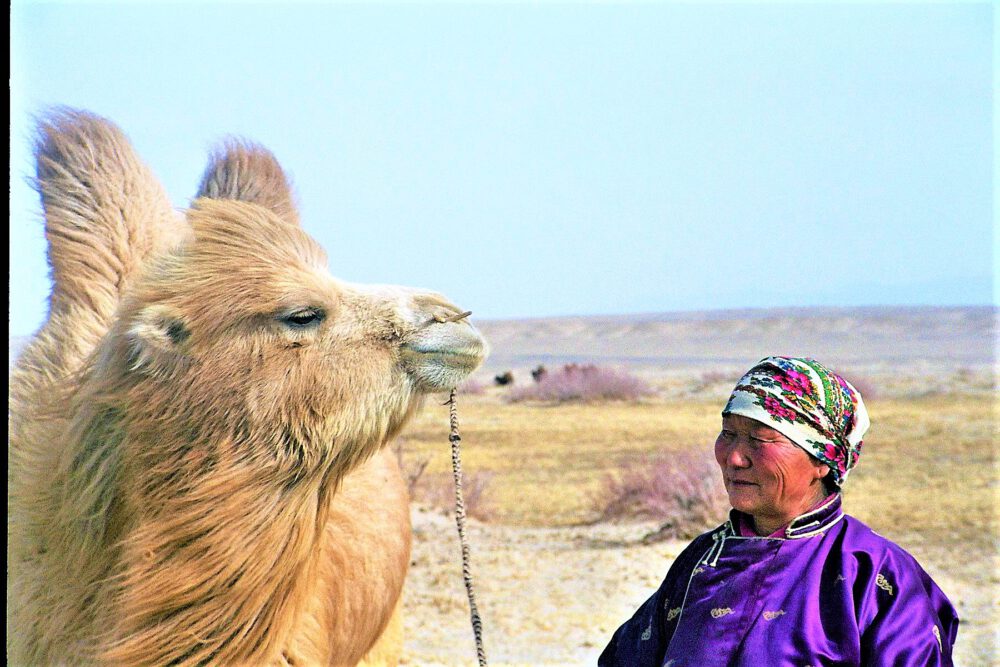
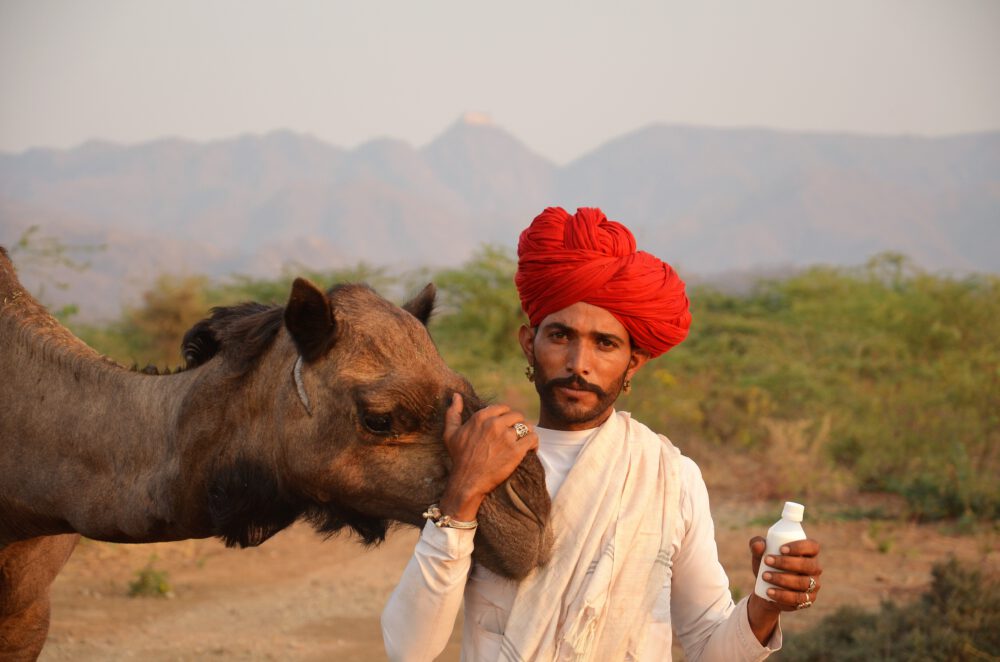
 Follow
Follow